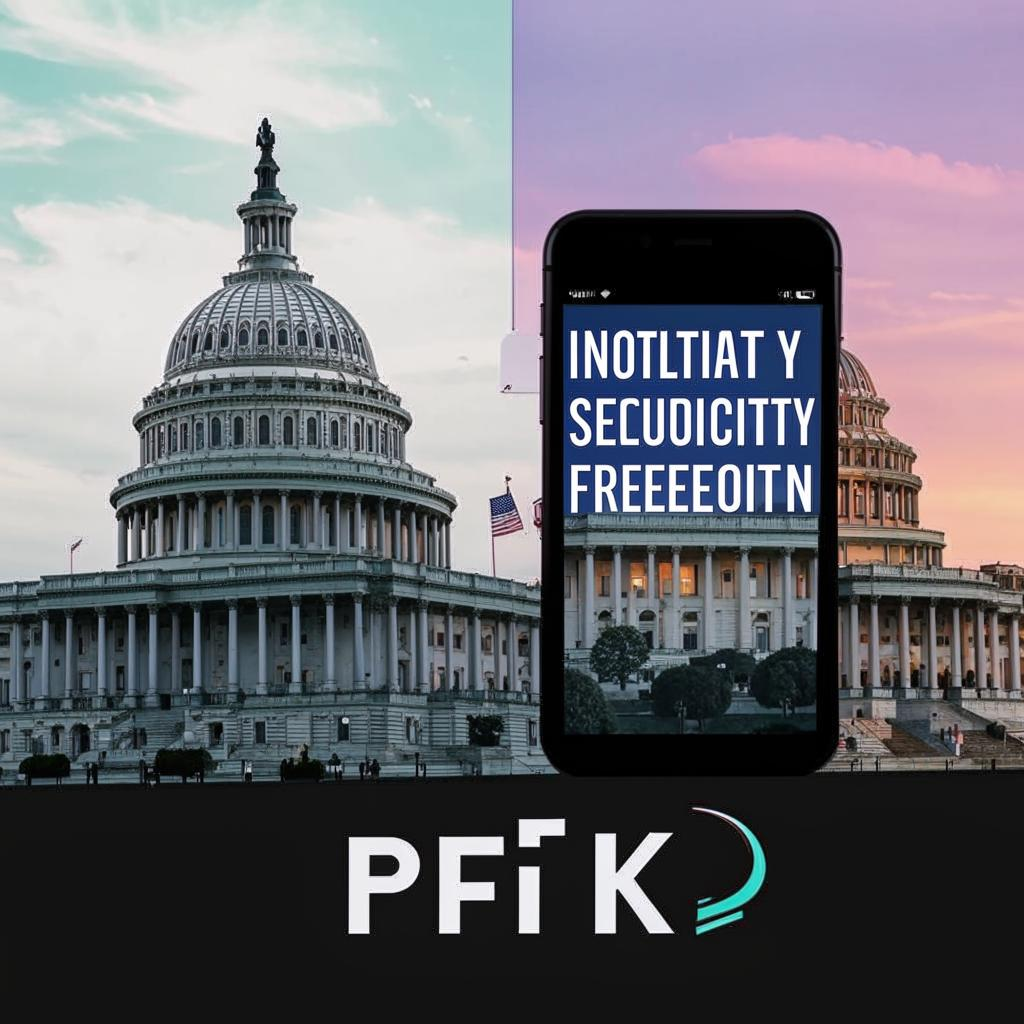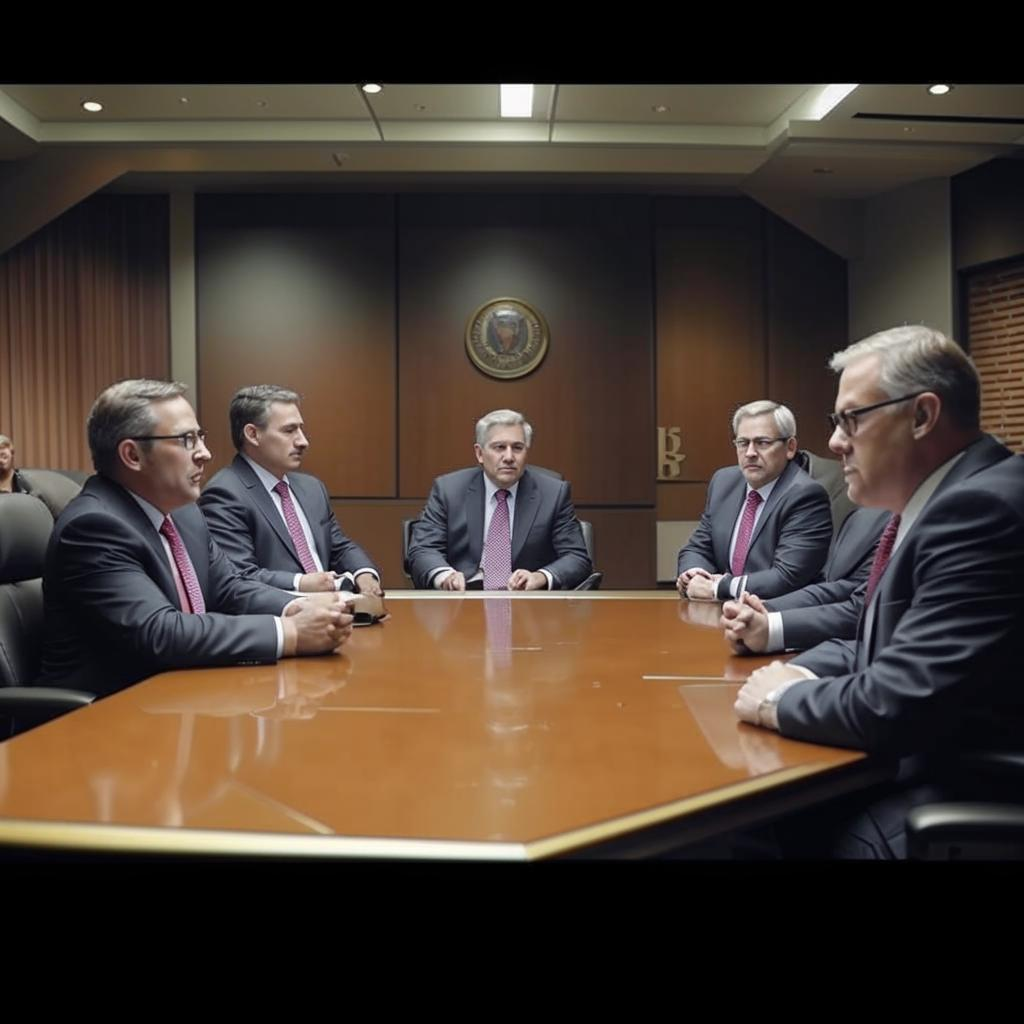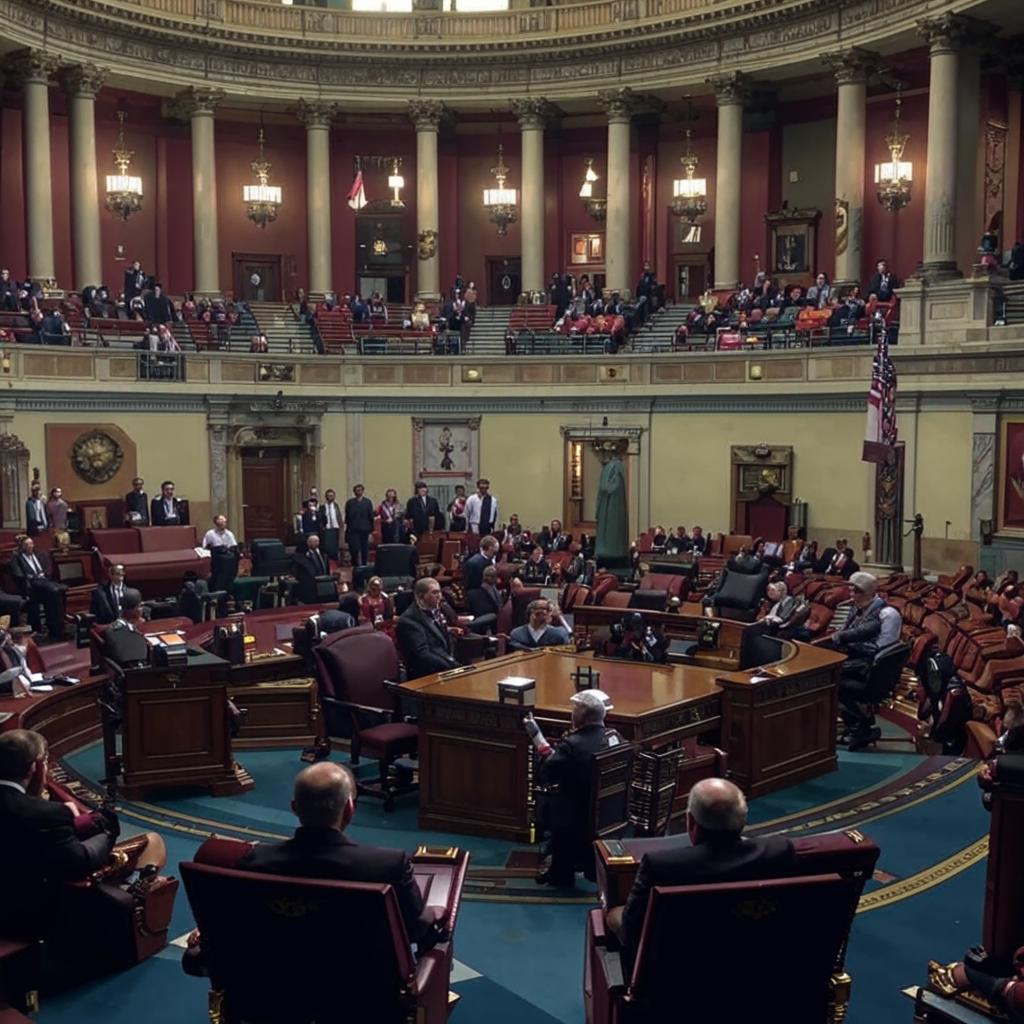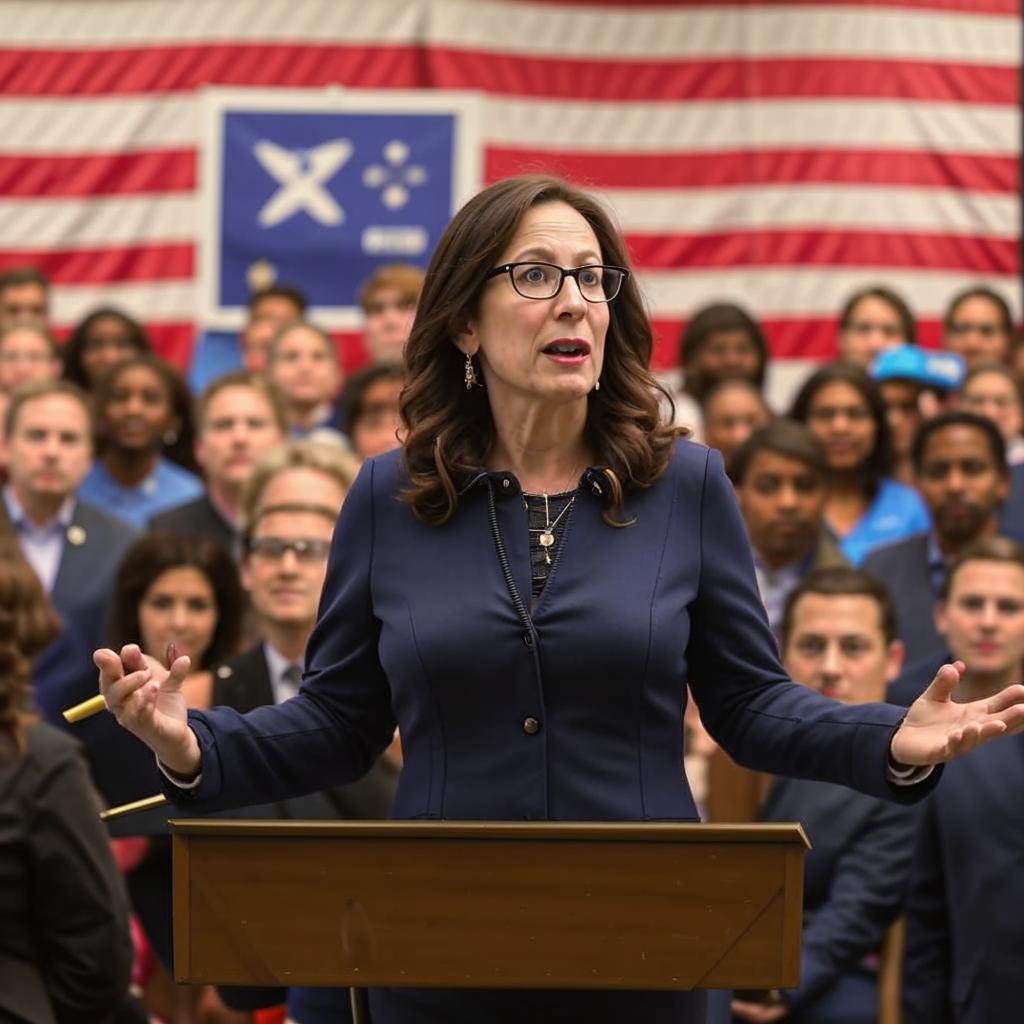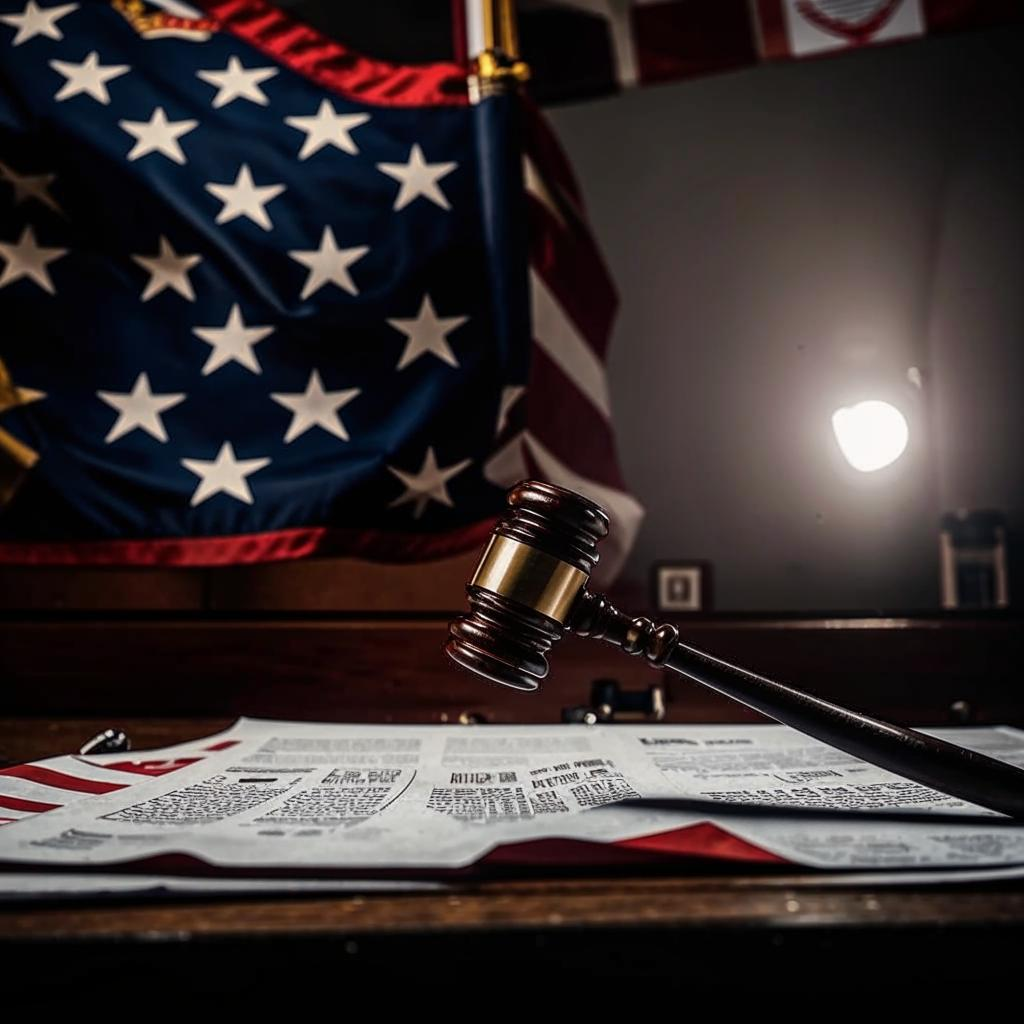The saga of TikTok in the US has been a whirlwind of national security concerns, political maneuvering, and legal challenges. The popular video-sharing app, owned by Chinese company ByteDance, first faced scrutiny under the Trump administration, citing fears that user data could be accessed by the Chinese government. In 2020, President Trump issued executive orders attempting to ban TikTok, but these were quickly challenged in court and ultimately stalled.
The Biden administration initially paused the ban efforts, but concerns about TikTok’s data security practices persisted. Negotiations between ByteDance and the US government continued, with the aim of establishing a framework to protect American user data. Project Texas, an initiative by TikTok to store US user data on servers within the United States managed by Oracle, was proposed as a solution.
However, skepticism remained, and calls for stricter regulations or even a complete ban continued to echo in Congress. Several states and the federal government have already banned the app on government-issued devices. The debate centers on the potential for the Chinese government to access user data or influence the content that Americans see on the platform.
TikTok maintains that it operates independently and does not share user data with the Chinese government. Yet, the company’s ties to China and the country’s national security laws continue to fuel the controversy. The future of TikTok in the US remains uncertain, with the possibility of further restrictions or even a ban still on the table. The ongoing saga highlights the complex challenges of balancing national security concerns with the rights of users and the free flow of information in the digital age.
